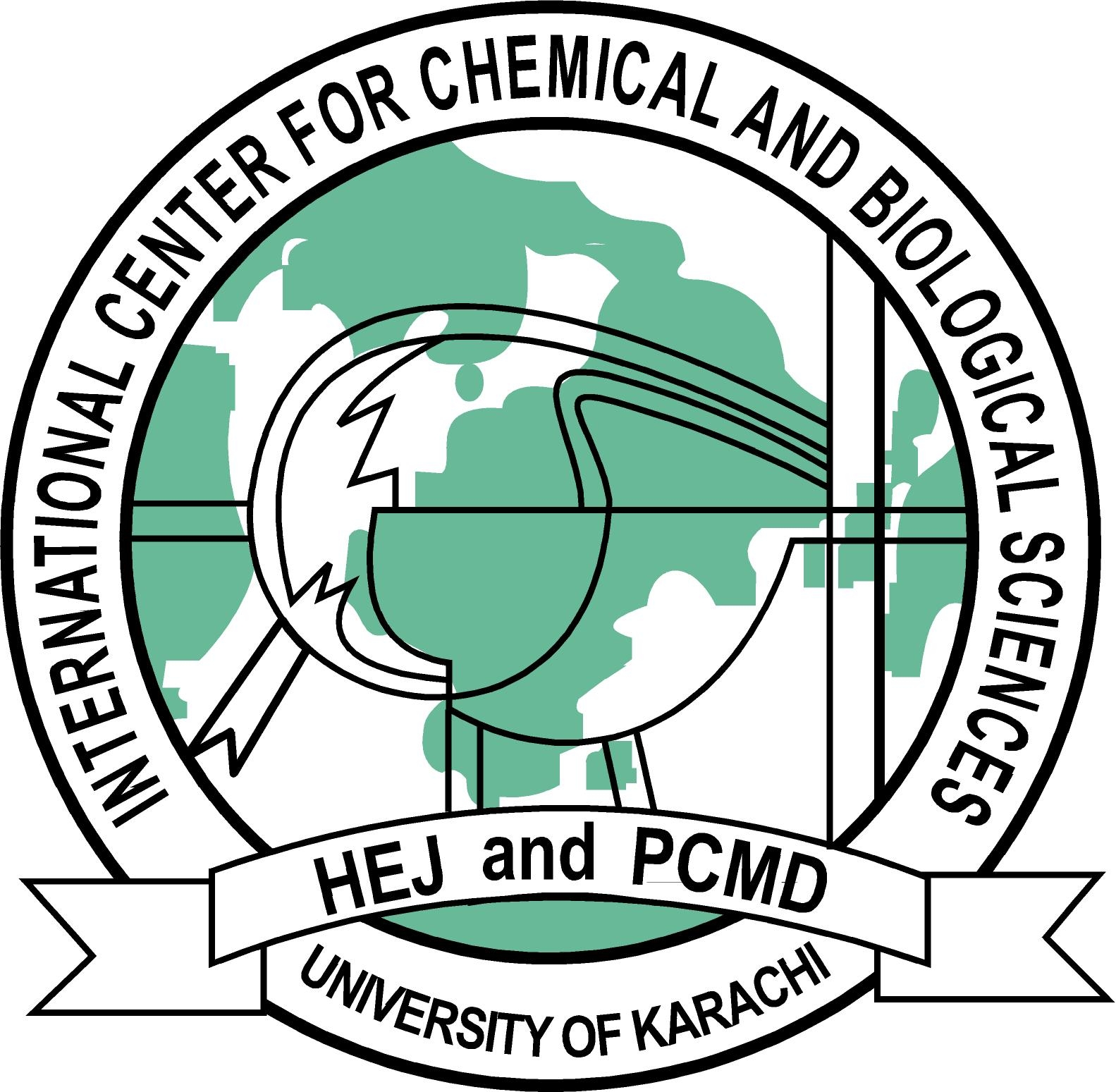Lipid Metabolism and Health /
Material type: TextPublication details: USA: Murphy & Moore Publishing, 2021.Description: 234ISBN:
TextPublication details: USA: Murphy & Moore Publishing, 2021.Description: 234ISBN: - 978-1639873449
| Item type | Current library | Call number | Status | Date due | Barcode |
|---|---|---|---|---|---|
 Book
Book
|
Dr. Panjwani Center for Molecular Medicine and Drug Research (PCMD) Library | QP751.L57_2021 (Browse shelf(Opens below)) | Available | P 3082 |
Browsing Dr. Panjwani Center for Molecular Medicine and Drug Research (PCMD) Library shelves Close shelf browser (Hides shelf browser)
Lipids are macrobiomolecules which are soluble in non-polar solvents. They are utilized for signaling, storing energy and as basic structural component of cell membranes. Lipids are hydrophilic in nature and find extensive use in food industry, cosmetic industry and nanotechnology. Lipids metabolism refers to the synthesis and degradation lipids which are present in cell bodies. This involves the breakdown and storage of fats, and synthesis of functional and structural lipids. The processes studied under this discipline are lipid absorption, lipid transportation, lipid catabolism and lipid biosynthesis. The biosynthesis mechanisms can be further classified into fatty acid biosynthesis, membrane lipid biosynthesis, triglyceride biosynthesis and fatty acid biosynthesis. The lipids involved in these processes can be divided into four categories, namely, phospholipids, sphingolipids, glycolipids and glycerophospholipids. This book presents the complex subject of lipid metabolism in the most comprehensible and easy to understand language. Some of the diverse topics covered herein address the varied branches that fall under this category. The readers would gain knowledge that would broaden their perspective about lipid metabolism and health.






